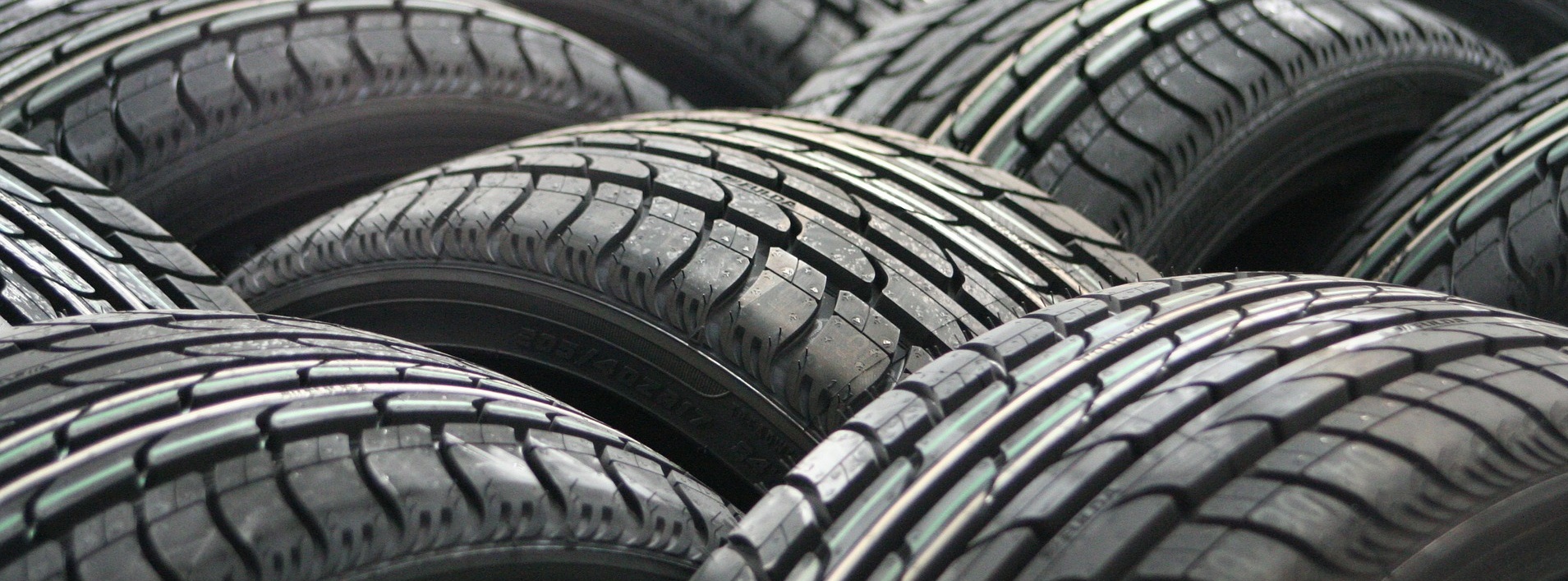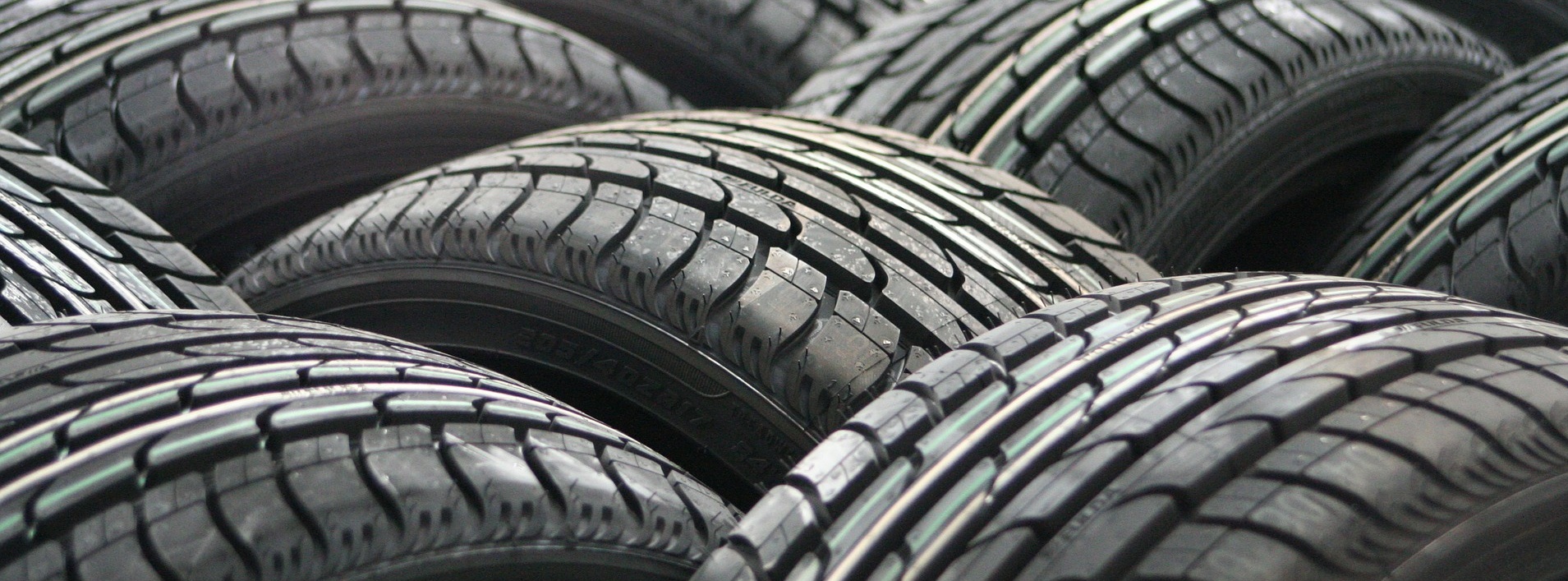Retreading’ means taking a worn casing of good structural quality and putting it through a process which completely renews the tread of the tyre and sometimes the sidewall rubber. The rebuilt tyre is then subjected to a curing process where the new rubber is vulcanised to the casing and the tread pattern is formed.
Over the years tyre manufacturers have invested heavily in product development to deliver tyres that not only have a ‘first life’ but are also designed to perform equally as well in subsequent second and even third lives. Stronger casings, improved re-manufacturing techniques, a variety of specialist rubber compounds, coupled with the need to recycle and reduce the negative impact on the environment has lead to a sustained growth in the retread industry.
A retread tyre starts life as a worn tyre, where perhaps the tread is down to 2-3 mm and may have been previously re-grooved, or one that’s been punctured and needs a repair. The first part of the process is to inspect the tyre to see whether it meets with our stringent quality guidelines.Tyre care follows stringent quality measures for inspection as we firmly believe that retreading should have monetary benefits as well as safety should never be compromised. Our inhouse team always gives information on the casing tyres. We also undertake onsite inspection to give our clients the best possible retreading benefits.
Simply put, retreading is the process whereby selected and inspected worn tires, called “casings,” receive a new tread.
Only sound, carefully inspected tire casings are used for retreading. The worn tread is buffed away and a new tread bonded to the tire body in a process very similar to the manufacture of a new tire. There are different processing techniques, but the ultimate objective is always the same – affixing a new tread through the application of heat, time, pressure and precision in the work.
Initial inspection
At initial inspection a visual and tactile examination of the casing takes place. This detects inherent separations in the casings that are otherwise invisible and would remain undetected by the untrained eye. If accepted after this stage it will then go through the complete retread process.
Building
The new tread is applied or stitched to the casing controlled process. A continuous strip of premium rubber compound is wrapped around the tyre while it revolves on an inflatable chuck. The whole process is controlled to ensure the correct amount of rubber is applied to form the exact profile and volume of the tread pattern or conventional rubber required for the matrix to which it is destined.
Buffing
The buffing process removes the remaining tread and sidewall rubber to predetermined dimensions by means of high speed revolving rasps and brushes. The machinery used in this process is equipped so that exact dimensions are achieved in order that the buffed carcass is an exact fit for the dimensions of the precured rubber or matrix of mould for which it is destined.
Curing
During curing, the “built” tyre is placed in a hot, aluminium matrix or a curing chamber. The combination of heat, time and pressure ensures that the new rubber is correctly vulcanised and produces the exact tread patterns.
Rasping
After buffing the casing is to be prepared to accept the building compound.In order to locate any minute holes in the inner wall, the carcass is subject to a penetration detection process.The injury in the crown area is detected and cleaned , larger holes in the casing are filled with compound and patched to rebuild the integral strength. Finally, the prepared casing is sprayed with vulcansing solution ready for the building process.
Final inspection
Once the cured tyres have been deflated, removed from the press or the chamber and have cooled and been trimmed, they are ready for the final inspection process. This is again a visual and tactile examination, where the trained eye will spot imperfections in the tread pattern or sidewall. The tire is then coated with a rubberised coating for the feel of a new tyre.

